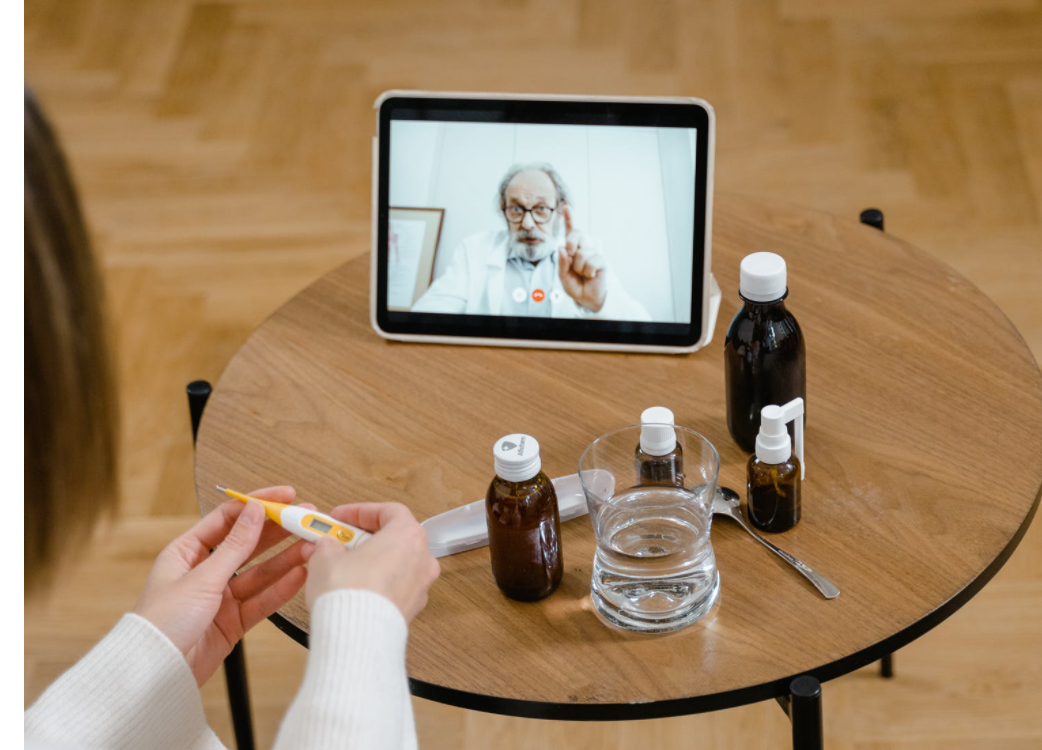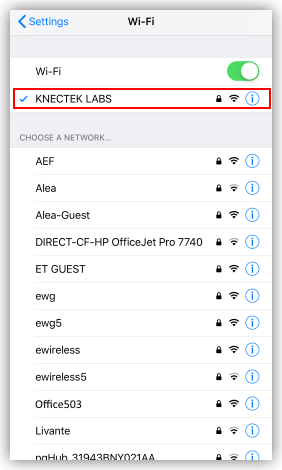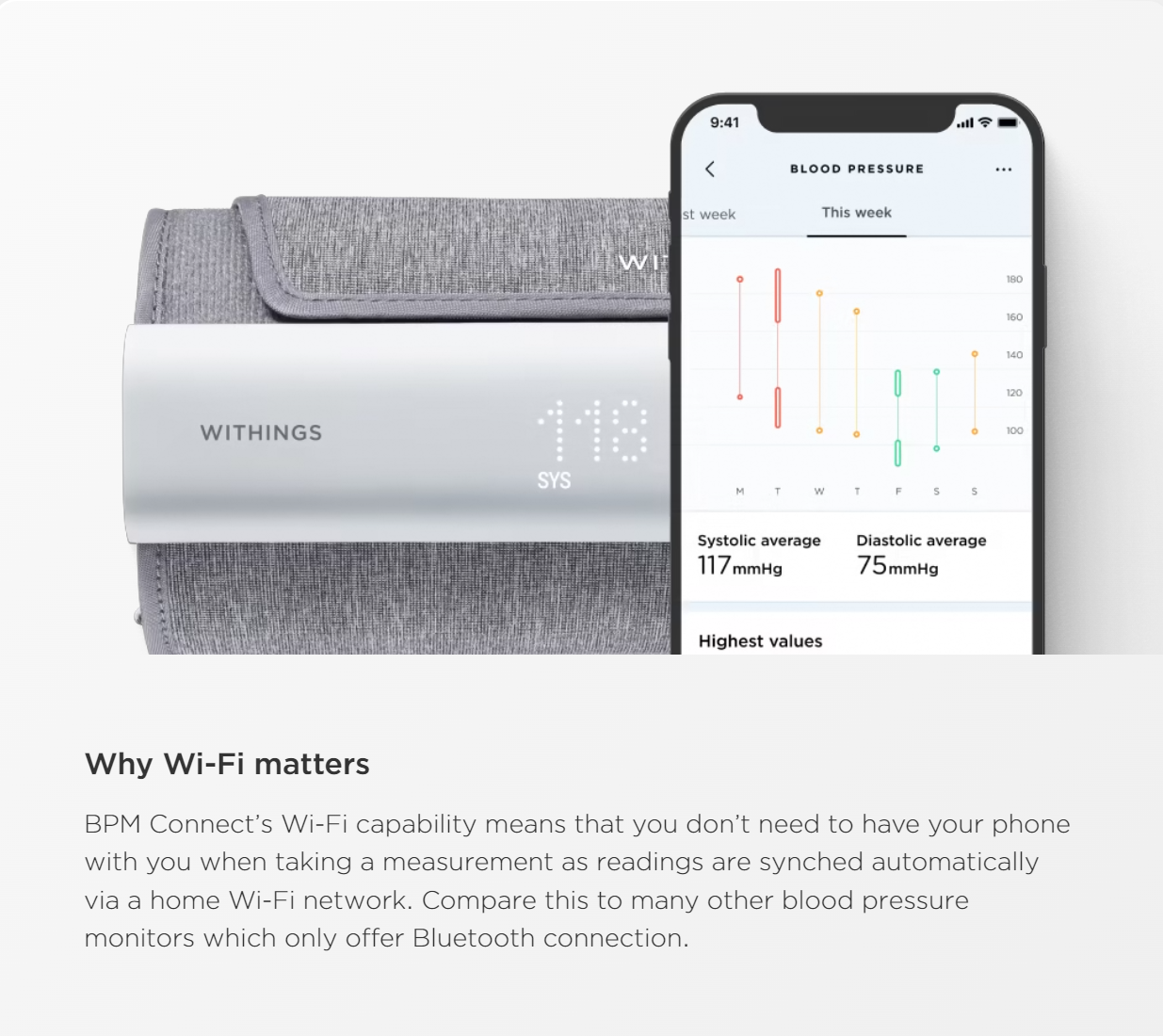Wi-Fi 6 and 6E: The Perfect Prescription for the Internet of Medical Things (IoMT)
Even ten to fifteen years ago, most hospital Wi-Fi networks connected computers and notebooks, and perhaps the odd PDA or medical device. Today, the number of connected medical devices has soared into the millions, with many requiring in-hospital Wi-Fi connections. At the same time, largely COVID-inspired telemedicine is expected to achieve seven-fold growth by 2025, placing additional demands on Wi-Fi networks.
Few doubt the benefits that connected medical devices and telemedicine bring to patient care and operational efficiency. But the combination of more Wi-Fi devices, more access points, and increased bandwidth requirements creates new and increased demands on medical facility Wi-Fi infrastructures.
Fortunately, due to the forward-thinking development strategy adopted by companies contributing to Wi-Fi standards and technologies, Wi-Fi 6 and 6E were designed to handle many of the technical challenges imposed by IoMT and telemedicine. This article will identify these challenges and the new features and capabilities in Wi-Fi 6 and 6E that will enable medical facilities to meet them.
About Wi-Fi 6 and 6E
The standard for wireless local-area networks (WLANs), officially marketed by the Wi-Fi Alliance as Wi-Fi 6, operates over the 2.4 and 5 GHz spectrum bands. Wi-Fi 6E is also based on 802.11ax standard and is an extension of Wi-Fi 6 indicating support for operation also in the 6 GHz wireless spectrum.
As with all Wi-Fi generations, Wi-Fi 6 delivers much faster transfer speeds, with a maximum data rate almost three times faster than Wi-Fi 5 (9.6 Gbps compared to 3.5). However, another major focus of Wi-Fi 6 was to improve efficiency when multiple devices are vying for network access and to minimize contention when multiple routers are installed in the same building or office. One target was to increase “average throughput per user more than four times in high-density environments” another to reduce latency by as much as 75%. This is why Wi-Fi 6 is also called “High-Efficiency Wi-Fi.”
The features implemented to achieve these results make Wi-Fi 6 and 6E uniquely qualified for deployment in healthcare environments. Let’s explore common healthcare-related Wi-Fi challenges and features that enable Wi-Fi 6 to overcome them.
Figure 1: Multiple medical connected devices, many of which use Wi-Fi.
Scenario 1: Multiple Devices Seeking Wi-Fi Access
The average hospital room has between 15-20 connected devices, many using Wi-Fi, with some using other communications technologies like Bluetooth. Some may be pulling relatively light duty, like a heart rate monitor pushing a few bytes of data a minute while a laptop retrieving an x-ray or other scan needs to download megabytes of data as quickly as possible. All devices are mission critical.
Previous generations of Wi-Fi communicated to each device sequentially using fixed bandwidth packets. This wasted bandwidth when the available data was less than the capacity of the packets, and increased latency when serving multiple clients, who all had to wait their turn to transmit or receive packets. You see this on the top in Figure 2.
One key new feature in Wi-Fi 6 is Orthogonal Frequency-Division Multiple Access (OFDMA), which allows up to 37 clients to share a 80 MHz channel simultaneously, using varying packet sizes, so the heart rate monitor can send just a few bytes of data while the downloading x-ray consumes much more bandwidth. Shown at the bottom of Figure 1, this allows the network to serve more devices more efficiently and reduce network-related latency.
Figure 2. How OFDMA improves throughput, spectrum efficiency, and multi-device traffic capacity (from here).
Wi-Fi 6 also expanded the capacity of Multi-Input Multiple-output (MIMO) technology, which lets a Wi-Fi access point with multiple antennas communicate simultaneously with multiple devices. With Wi-Fi 5, an access point with four antennas could transmit to four devices simultaneously, but the access point could only accept a single upload at a time. Wi-Fi 6 supports up to eight antennas for both download and upload, further reducing latency and improving multiple device support.
Figure 3. Telemedicine is a very high bandwidth bi-directional medium that imposes significant demands on Wi-Fi systems.
Telemedicine
Video-conferencing is a highly-demanding application for both upload and download. Obviously, Wi-Fi 6’s increased speed benefits in both directions, but other advanced Wi-Fi technologies also contribute to improved performance.
Increased MIMO is one of them; in addition to allowing an access point with multiple antennas to communicate with multiple devices simultaneously (Downlink, DL, MU-MIMO) as already defined in 802.11ac, 802.11ax also allows devices to communicate with the access point using multiple antennas (Uplink , UL, MU-MIMO). So, a computer with a network card with two antennas could double the Wi-Fi bandwidth by communicating over two antennas.
Wi-Fi 6 also uses a technology called Beamforming to direct signals towards specific clients, improving both throughput and range. Beamforming was part of Wi-Fi 5 but only addressed four users , which Wi-Fi 6 increased to eight. Another efficiency technique is 1024-QAM, which increases the information carried by the Wi-Fi signal from 8-bits to 10-bits, increasing throughput by 25%.
Finally, Wi-Fi 6E compatible devices can also access the 6 GHz wireless spectrum, which adds 14 80 MHz channels and seven 160 MHz channels to the 2.4/5 GHz channels addressed by Wi-Fi 6. Since the 6GHz spectrum isn’t used by previous Wi-Fi generations, there will be less contention for these resources. The availability of this new, higher bandwidth spectrum means faster connections with less interference from legacy devices and better service for video-conferencing and similar bi-directional mediums.
Figure 4. Multiple networks in the same location can increase latency significantly without BSS Coloring.
Multiple Networks and Access Points
Many medical facilities have multiple networks with different access points serving different departments and different classes of users, like guests and internal staff. Though each access point will only serve clients that are properly logged in, they all share the same spectrum, which can introduce latency when devices are vying for connections within their individual networks.
A new Wi-Fi 6 feature called BSS Coloring allows access points to quickly identify devices in their network and ignore devices in other networks. In a crowded Wi-Fi environment, BSS Coloring can dramatically increase throughput and decrease latency, improving overall Wi-Fi efficiency for all users.
Figure 5. Target Wake Time preserves the battery life of battery-powered monitoring devices. Image from here.
Preserving Battery Life of Medical Devices
In-hospital and remote patient monitoring is often performed with battery-powered devices, some of which require a persistent connection to continually send data and some of which can collect data and send updates periodically. In the latter case, a new Wi-Fi 6 feature called Target Wake Time allows devices to schedule times for these periodic uploads. Since Wi-Fi data transmission doesn’t need to be enabled except during these transfers, this extends battery life and reduces Wi-Fi congestion.
Funding Wi-Fi Innovation
As healthcare and other markets continue to push the envelope for improved performance and reliability in increasingly challenging environments, the Wi-Fi development community continues to invest in R&D to meet and exceed these requirements. As a patent pool administrator, Sisvel helps companies that fund this R&D recoup their investment so they can perform more research to deliver even more benefits in future versions.





